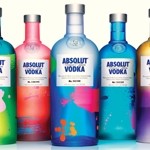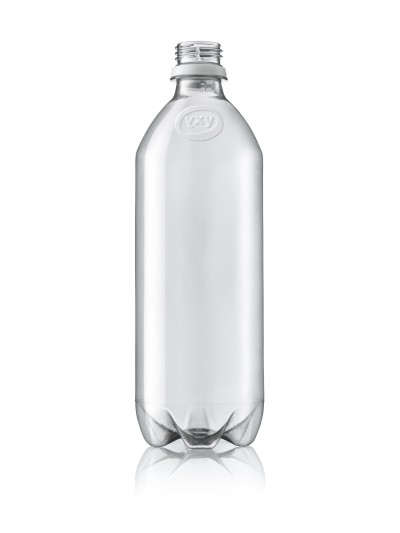Glass stands its ground against its plastic rivals

The European Container Glass Federation (FEVE) points to a report published by Visiongain in December 2012. This puts the size of the global glass packaging industry at $36.8bn, and predicts that it will nearly double by 2023, growing at an annual rate of 5.8%.
Said FEVE secretary general Adeline Farrelly: “The report refers to a number of opportunities for the glass packaging industry to grow. Among others, it refers to legislative bans and limits on materials such as plastics.” In Russia, for example, there are attempts to ban polyethylene terephthalate (PET) as a packaging material for beer.
Consumer concerns
There are lingering consumer concerns about potential migration from plastics of substances such as bisphenol A and phthalates, though these tend to be more media-driven than science-based.
FEVE communications manager Michael Delle Selve added: "Consumers are looking for a sense of safety, and for certainties in a time of crisis."
In common with other forecasts, the Visiongain report predicted that plastics would continue to pose a challenge over the next decade, with glass “taking a step back”, and with beverages as the main category at risk of substitution. But it also emphasised the continued importance of glass, not merely in the out-and-out luxury segment, but in projecting any sort of image of “sophistication and value”.
Despite Visiongain’s concerns about glass for the drinks sector, another international report published late last year from Canadean, Innovation in beverage packaging, painted a positive picture of glass in this category.
‘Dominant pack’
Summarising its findings, Farrelly said: “Glass is the dominant pack type for cider, and has been gaining market share over the past three years at the expense of PET. When it comes to beer, glass continues to be the most popular form of packaging, accounting for 64% of total global consumption in 2012. It is the dominant pack type, and continuing to increase share.”
Similarly, glass is showing no signs of losing any significant market share in wines or spirits. In fact, the spirits sector is driving some of the more interesting innovation in this material. Last year, Absolut Vodka launched its Absolut Unique range, with each of close to four million bottles produced boasting a different colour coating design.
Meanwhile, in bottled water, the hegemony of PET is “under scrutiny” for environmental reasons, according to FEVE.
Some categories, such as babyfood, are casting glass in a reassuring light, with HiPP using both glass and plastics in its packaging. According to FEVE, Nestlé’s European babyfood brand Alete switched some of its plastics packaging to glass during 2012.
Glass also continues to win favour as ‘nostalgia’ packaging. Poland’s popular Frugo fruit drink disappeared at the end of the 1990s. “It was relaunched during 2011 using a retro glass bottle," says Farrelly. “Sales have boomed, with a turnover of almost 20M in the launch year.”














